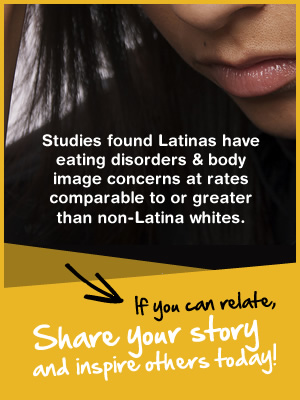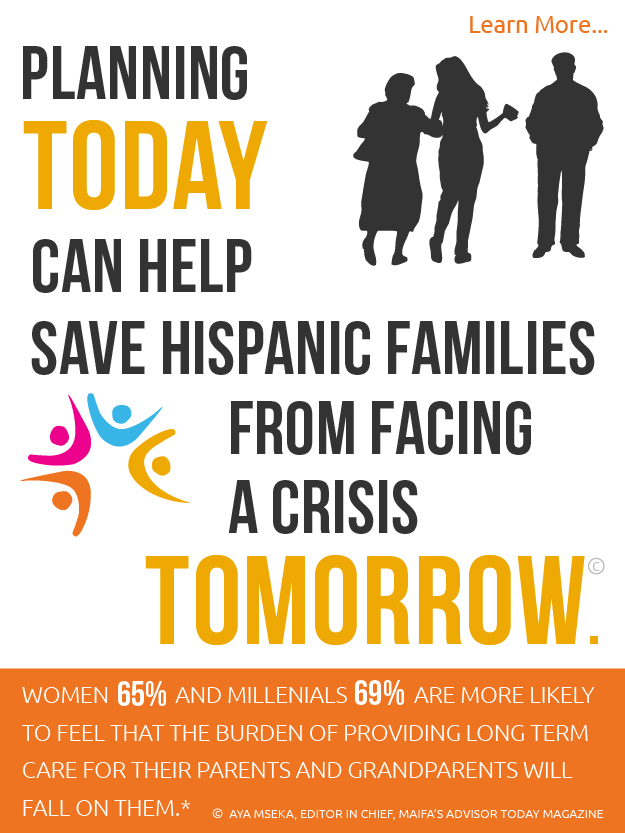
How to Treat Body Dysmorphic Disorder, According to Experts
05/29/2019 06:00AM | 3880 viewsBy Amanda Capritto
If you or a loved one are dealing with body dysmorphic disorder, you may be hesitant to ask for help. It’s common to believe that psychological treatment won’t be the answer to your concerns. In fact, if you have BDD, you may have already sought “treatment” in other ways, such as with an aesthetician, dermatologist, hair stylist, dentist, or cosmetic surgeon, depending on the “flaw” you want addressed.
Body dysmorphic disorder, also called body dysmorphia, is a mental health condition that involves an unhealthy and excessive preoccupation with one’s physical appearance. Usually, people with BDD are preoccupied with one feature, such as the nose, eyes, teeth or mouth, hands, or knees.
While it’s common for people with BDD to seek cosmetic treatment, masking or changing the perceived flaw isn’t an effective treatment option. Cognitive behavioral therapy (CBT) should be the first line of treatment for BDD, Elyse Resch, RDN, an eating disorder therapist and one of the originators of intuitive eating, tells Health. Rather than masking a physical feature, CBT helps people address their underlying thoughts and beliefs about their bodies.
CBT for BDD can also involve exposure techniques that aim to reduce the repetitive behaviors and habits around the physical preoccupation, such as skin picking or hair pulling.
The same kind of treatment can be effective in people with poor body image and eating disorders. For example, as a college senior struggling with body dysmorphia, I underwent many CBT sessions and was given “homework” such as challenging myself to wear shorts to the gym instead of leggings.
The goal of my homework was to make me realize that people were not, in fact, staring at my legs, and that I had developed a false belief—if I wear shorts, everyone will stare at my cellulite and hate me—due to poor self-esteem.
Whether you have distorted body image, an eating disorder, or BDD, the idea is to move from body distrust to body trust, Resch says.
Physical health and safety are the priorities in each one of these conditions. No matter the clinical definition or diagnosis, a distorted sense of self can lead to health complications like nutrient deficiencies, skin conditions, hair loss, fatigue, hormonal complications, and more.
Without trusting one’s body, it will be difficult to halt unhealthy habits like skin picking, purging, or compulsive exercise, Resch says. Ultimately, you must learn to trust and accept that your body is the way it is, and there’s no need to change it.
"No one walks around saying, 'I'm just gonna work on getting three inches taller,'" Resch says. “We accept that we cannot change our height or the size of our feet. So why can’t we accept our hips or our nose or our hair?”
At-home coping strategies for BDD
While CBT is the most effective course of treatment, there are some things you can do at home if you struggle with your sense of self. Resch recommends the following tactics:
- Spend less time on social media, and unfollow accounts that make you feel bad about yourself.
- Make a list of things you love about yourself.
- When you feel intrusive thoughts creeping up, engage in a hobby you love.
- Spend more time doing constructive activities, such as writing, painting or drawing, and taking walks.
- Identify triggering events or images, and write down what you feel when you experience these things.
- Find a safe person who you can talk to at any time about your feelings.
Additionally, use the many free resources available to you. The Body Dysmorphic Disorder Foundation (BDDF) and the National Eating Disorders Association (NEDA) are just two helpful resources available online.











Post your Comment
Please login or sign up to comment
Comments